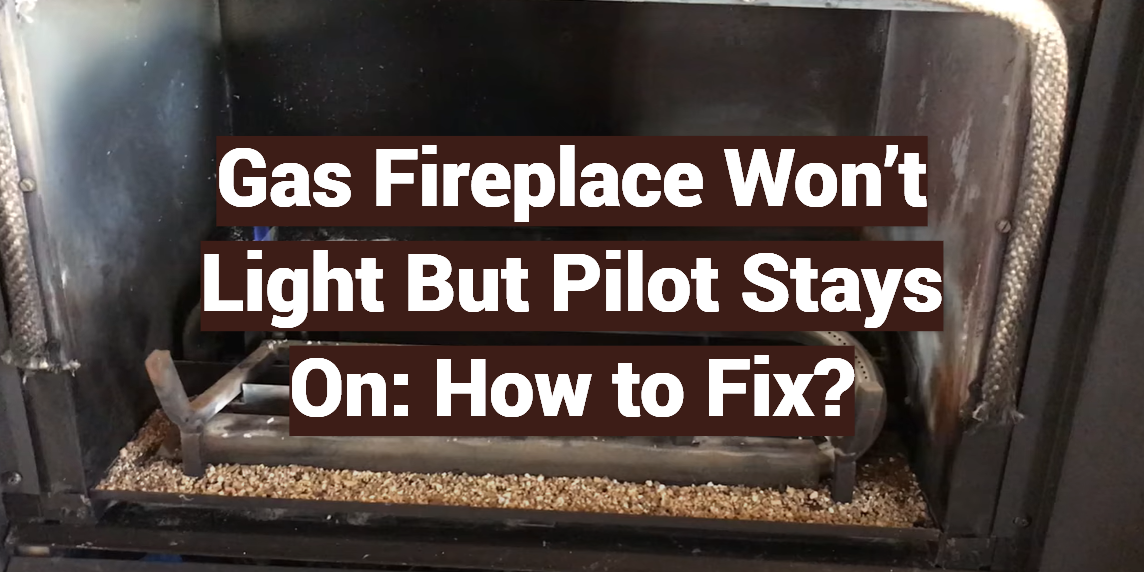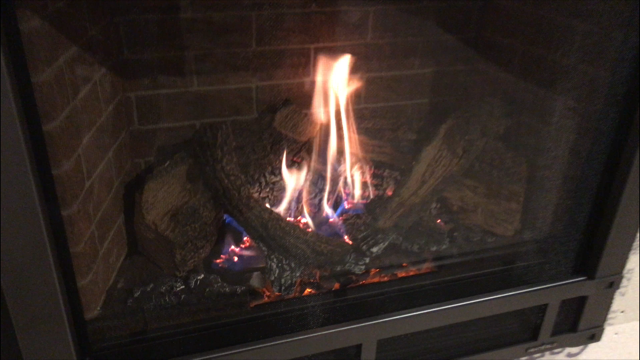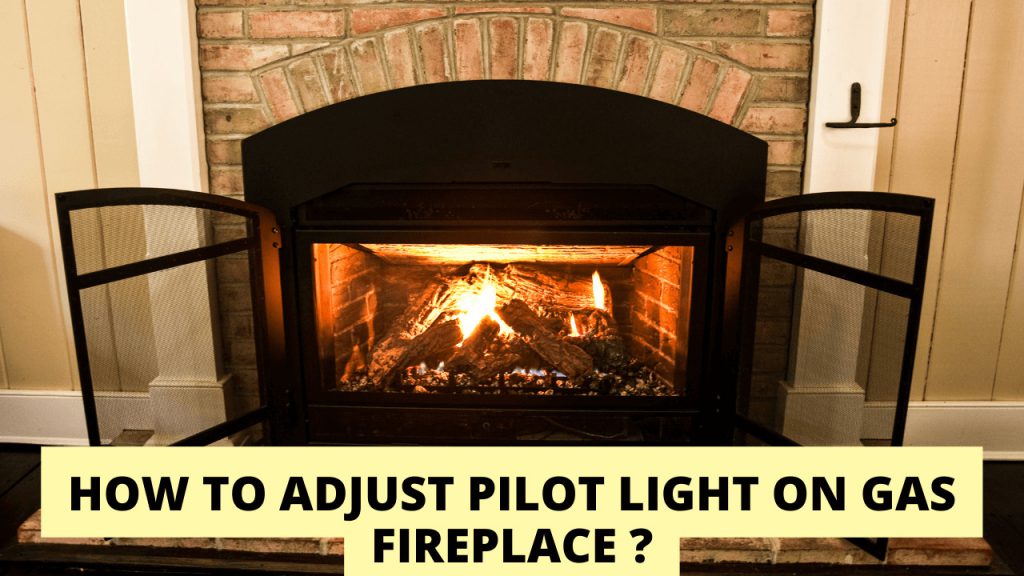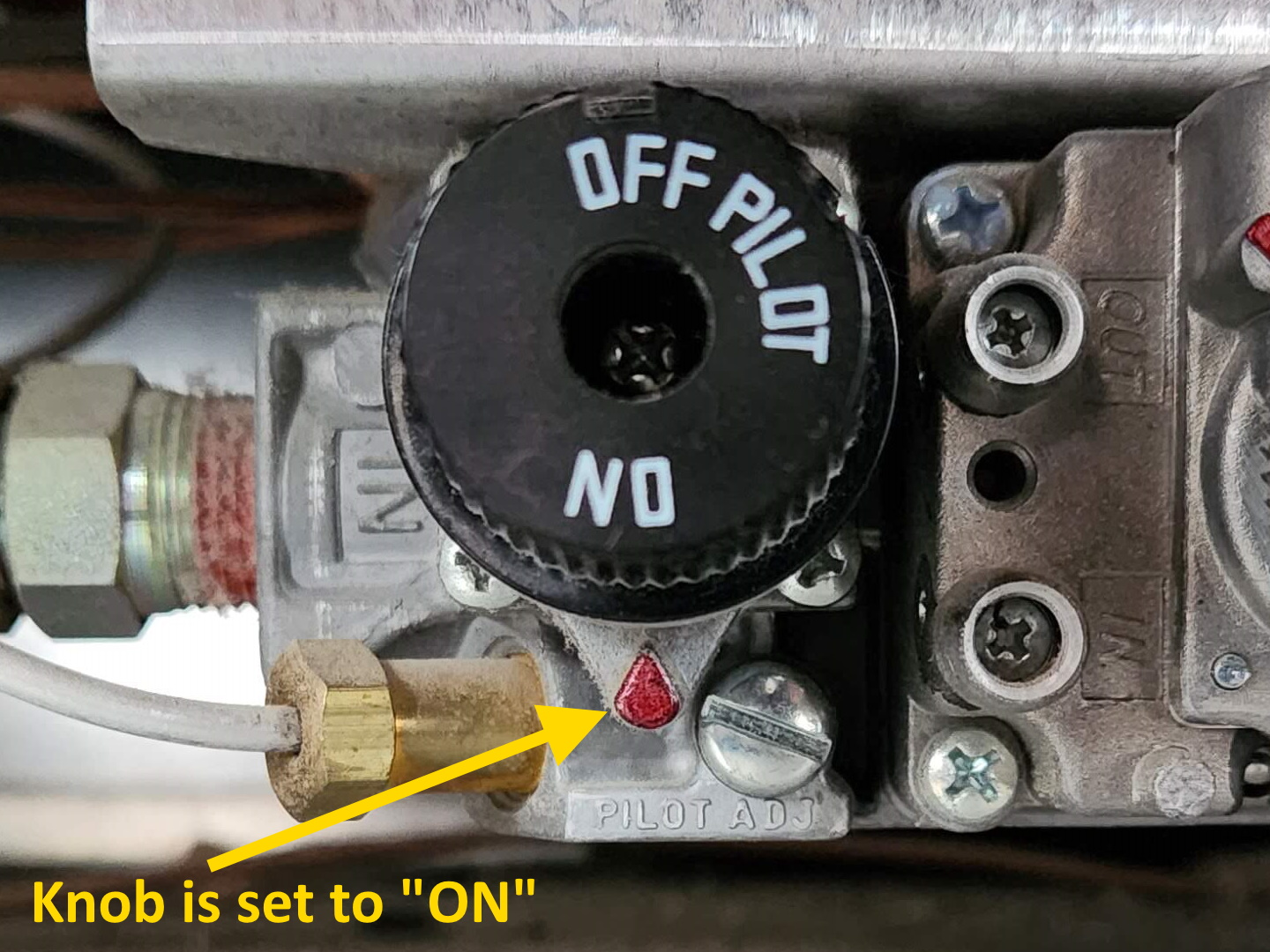Pilot Wont Light Gas Fireplace

Troubleshooting a gas fireplace that refuses to light, specifically when the pilot light is the culprit, is a common challenge for homeowners and, consequently, a frequent service call for HVAC technicians. A non-functioning pilot light can stem from a multitude of issues, ranging from simple user errors to more complex component failures. Understanding the systematic approach to diagnosing and resolving these problems is crucial for both aspiring and seasoned HVAC professionals. This article delves into the common causes of a pilot light refusing to ignite, the steps involved in troubleshooting, and relevant career insights for those working in or considering a career in the HVAC industry.
Understanding the Pilot Light System
Before diving into troubleshooting, it's essential to understand the fundamental components and operation of a gas fireplace pilot light system. The pilot light is a small, continuous flame that ignites the main burner when heat is called for. It's typically powered by a small amount of gas constantly flowing through a narrow tube. Several components are crucial for its proper functioning:
- Thermocouple: This safety device generates a small electrical current when heated by the pilot flame. This current keeps the main gas valve open, allowing gas to flow to both the pilot and the main burner.
- Pilot Orifice: A small opening that regulates the amount of gas flowing to the pilot light. Clogging is a common issue.
- Gas Valve: Controls the flow of gas to the pilot and main burner.
- Pilot Tube: A small tube that carries gas from the gas valve to the pilot light assembly.
Troubleshooting Steps When the Pilot Won't Light
When a gas fireplace pilot light refuses to ignite, follow these steps in a systematic manner:
1. Check the Gas Supply
The first and simplest step is to ensure that the gas supply to the fireplace is turned on. Verify that the main gas valve supplying the fireplace is open. Also, check other gas appliances in the house to confirm there isn't a broader gas supply issue. A simple check can save valuable time and effort.
2. Ensure Proper Ventilation
Sufficient air circulation is essential for proper combustion. Check for any obstructions blocking the fireplace vents or the surrounding area. Make sure the damper is open (if applicable) to allow exhaust gases to escape.
3. Clean the Pilot Orifice
A clogged pilot orifice is one of the most common reasons for a pilot light failure. Dust, debris, or spider webs can obstruct the small opening, preventing gas from flowing freely. Use a thin wire or a specialized pilot orifice cleaning tool to carefully clear any obstructions. Caution: Turn off the gas supply before attempting to clean the orifice.
4. Inspect the Thermocouple
The thermocouple is a critical safety component. A malfunctioning thermocouple won't generate enough electrical current to keep the gas valve open. To test the thermocouple, use a multimeter to measure the voltage output while the pilot light is lit (if you can get it lit). A reading below the manufacturer's specified voltage indicates a faulty thermocouple that needs replacement.
5. Check the Pilot Tube
The pilot tube can become kinked or damaged, restricting gas flow. Inspect the tube for any visible signs of damage and ensure it's properly connected to the gas valve and pilot assembly.
6. Examine the Gas Valve
The gas valve controls the flow of gas to both the pilot and main burner. If the valve is malfunctioning, it may not be allowing gas to flow to the pilot light. This usually requires a professional HVAC technician with specialized diagnostic tools.
7. Proper Lighting Procedure
Sometimes the issue isn't a faulty component, but an incorrect lighting procedure. Most fireplaces have a specific sequence for lighting the pilot. Refer to the manufacturer's instructions and follow them precisely. Common mistakes include not holding the pilot button down long enough to heat the thermocouple or releasing the button too soon.
Career Paths in HVAC and Gas Fireplace Repair
Proficiency in diagnosing and repairing gas fireplaces is a valuable skill for HVAC technicians. The increasing demand for energy-efficient heating solutions and the popularity of gas fireplaces create ample opportunities for skilled professionals. Here are some common career paths:
- HVAC Technician: A broad role encompassing the installation, maintenance, and repair of heating, ventilation, and air conditioning systems, including gas fireplaces. According to the Bureau of Labor Statistics, the median annual wage for HVAC technicians was $51,390 in May 2022. Job outlook is projected to grow 6 percent from 2022 to 2032, about as fast as the average for all occupations. Approximately 40,700 openings for HVAC mechanics and installers are projected each year, on average, over the decade.
- Gas Appliance Technician: Specializes in the installation, maintenance, and repair of gas appliances, including fireplaces, furnaces, and water heaters. This often requires specialized training and certifications.
- HVAC Service Manager: Oversees a team of HVAC technicians, ensuring efficient service delivery and customer satisfaction. Requires strong technical skills and management experience.
- HVAC Sales Engineer: Sells HVAC systems and services to commercial and residential customers. Requires a strong understanding of HVAC technology and sales skills.
Importance of Certifications
Certifications play a crucial role in demonstrating competency and professionalism in the HVAC industry. They enhance credibility, increase earning potential, and improve job prospects. Some key certifications include:
- NATE (North American Technician Excellence): This is the leading certification program for HVAC technicians in North America. NATE certification demonstrates a technician's knowledge and skills in specific areas of HVAC, such as gas heating. Obtaining NATE certification often leads to higher earning potential and greater job security.
- EPA 608 Certification: Required by the Environmental Protection Agency (EPA) for technicians who handle refrigerants. This certification ensures technicians are properly trained in refrigerant recovery, recycling, and handling to protect the environment.
- HVAC Excellence: Another reputable certification program that validates HVAC technicians' skills and knowledge.
- State and Local Licenses: Many states and municipalities require HVAC technicians to be licensed to perform work in their jurisdictions. Requirements vary by location, so it's important to research the specific requirements in your area.
Salary Expectations
Salary expectations for HVAC technicians vary depending on experience, certifications, location, and employer. Entry-level technicians typically earn less than experienced technicians with advanced certifications. According to recent industry surveys, the average salary for HVAC technicians ranges from $45,000 to $75,000 per year. Technicians with specialized skills, such as gas fireplace repair, and those who hold NATE certification, often command higher salaries. Management positions, such as HVAC service manager, can earn significantly more.
Continuing Education and Training
The HVAC industry is constantly evolving with new technologies and regulations. Continuing education and training are essential for HVAC professionals to stay up-to-date and maintain their skills. Many community colleges, trade schools, and manufacturers offer courses and training programs on gas fireplace repair, energy efficiency, and other relevant topics. Online resources, such as webinars and online courses, also provide convenient learning opportunities. Investing in continuing education not only enhances technical skills but also increases career advancement opportunities.
The Future of HVAC and Gas Fireplace Technology
The future of HVAC and gas fireplace technology is focused on energy efficiency, smart controls, and environmental sustainability. Manufacturers are developing more efficient gas fireplaces that consume less gas and produce fewer emissions. Smart thermostats and controls allow homeowners to remotely monitor and adjust their fireplace settings, optimizing energy consumption. The increasing emphasis on green building practices and energy conservation creates new opportunities for HVAC professionals with expertise in energy-efficient technologies. Technicians who are knowledgeable about the latest advancements in gas fireplace technology will be in high demand.
Real-World Example: From Apprentice to Master Technician
Consider the career path of *Maria Rodriguez*, a young woman who started her HVAC career as an apprentice. Maria completed a two-year HVAC program at her local community college and then joined a local HVAC company as an apprentice. During her apprenticeship, she gained hands-on experience in installing, maintaining, and repairing HVAC systems, including gas fireplaces. She actively sought out opportunities to learn from experienced technicians and attended training courses on gas appliance repair. After completing her apprenticeship, Maria obtained her NATE certification in gas heating. Her dedication and commitment to continuous learning paid off. Within five years, she was promoted to a lead technician and eventually became a service manager. Maria's success story highlights the importance of education, training, and certifications in building a successful career in the HVAC industry.
Employer Considerations: Hiring and Training Skilled Technicians
For employers in the HVAC industry, attracting and retaining skilled technicians is crucial for business success. Offering competitive salaries and benefits, providing opportunities for professional development, and fostering a positive work environment are essential strategies. Investing in employee training programs, sponsoring certifications, and encouraging continuing education can help build a skilled and motivated workforce. Employers should also prioritize safety training and provide technicians with the necessary tools and equipment to perform their jobs safely and effectively. Recognizing and rewarding employee performance can help boost morale and reduce employee turnover.
In conclusion, a pilot light that won't light on a gas fireplace is a common problem with a variety of potential causes. By systematically troubleshooting the components – gas supply, pilot orifice, thermocouple, pilot tube, and gas valve – and following the proper lighting procedure, HVAC technicians can effectively diagnose and resolve the issue. A career in HVAC offers diverse opportunities for skilled professionals, and certifications like NATE and EPA 608 enhance career prospects and earning potential. Embracing continuous learning and staying up-to-date with the latest technologies will ensure long-term success in this dynamic and rewarding industry.










